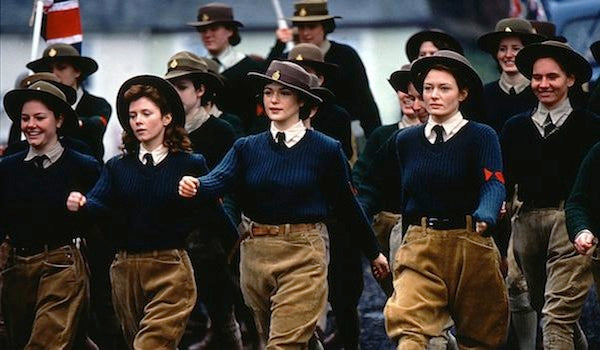
Cinderellas Of Soil
As last weekend marked Remembrance Day for people throughout the UK, we take a look back to issue 32, when Amy de la Haye unearthed the history behind the women who worked during the war...

During both World Wars, Women’s Land Armies (WLAs) were established to ensure the production of essential food – and timber – when male workers were redeployed into the armed forces. This mobile force of women undertook hard physical work for long hours and in all weathers for low rates of pay to ensure the island nation was fed.

200,000 women joined the WLA, and the image of the land girl standing tall in her corduroy breeches, green jumper and brown felt hat, fork resting over her shoulder, has become a symbol of the triumph of wartime agriculture. The breeched uniform formed part of their daily lives, shaping their identities and influencing perceptions of them.

Each newly recruited land girl was provided with two pairs of breeches as part of her uniform and over 400,000 pairs were manufactured in Britain to clothe them. Most recruits were drawn from the towns and cities and many, just 17 years old, were billeted on isolated farms far away from home and friends. Denied the prestige offered to women in the auxiliary services, the land girls were nicknamed the ‘Green Cinderellas’ and ‘Cinderellas of the Soil’.

During World War I, a WLA was not formed until 1917 when food shortages reached crisis point. The powers that be made it clear that those who joined should retain their femininity. The Land Army handbook cautioned, ‘You are doing a man’s work and so you are dressed rather like a man; but remember that just because you wear a smock and Clive Warwick breeches you should take care to behave like an English girl who expects chivalry and respect from everyone she meets. Noisy or ugly behaviour brings discredit, not only upon yourself, but upon the uniform...’
You can read this article in full in issue 32 of Selvedge.
